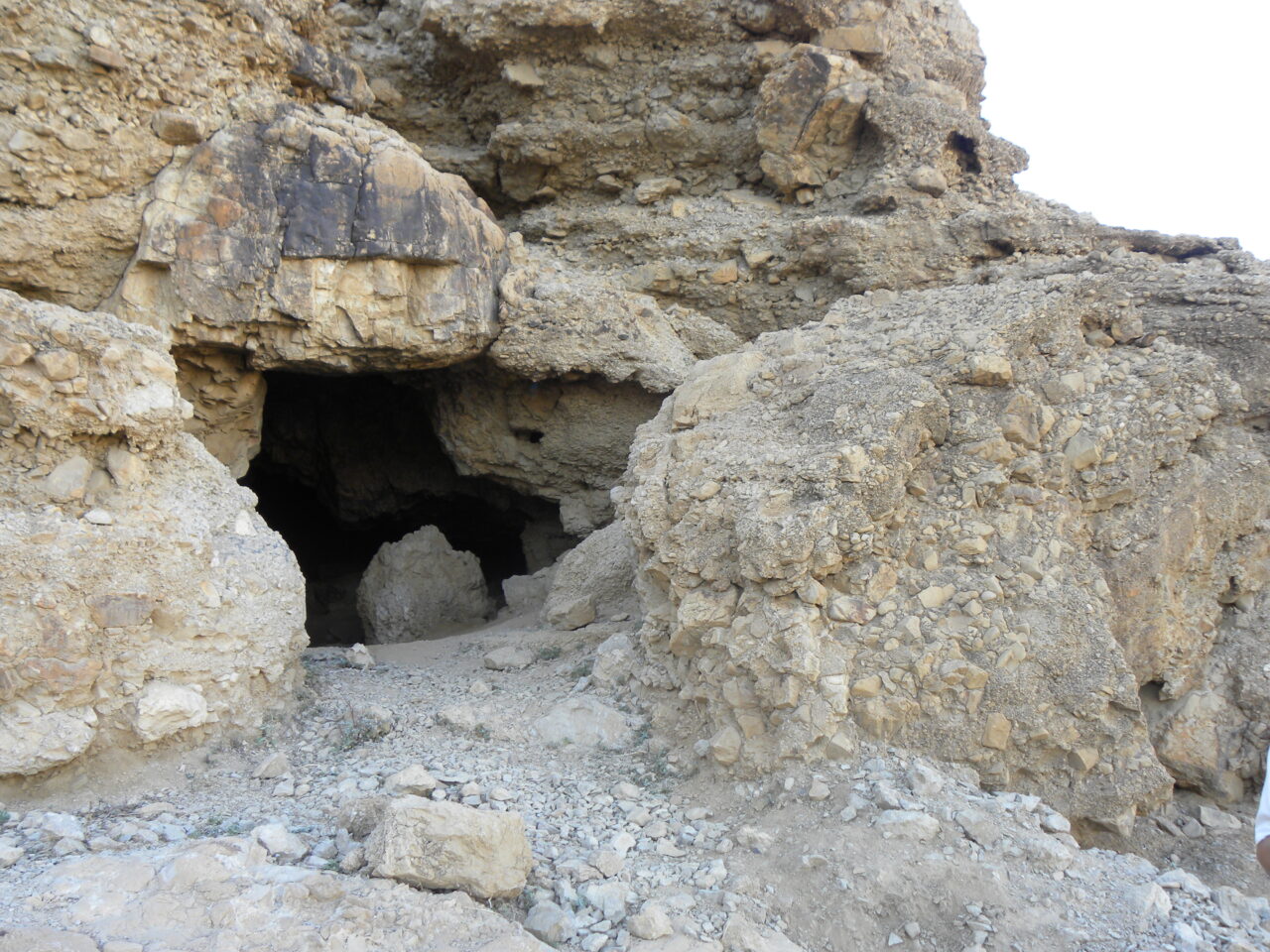In 1965, A. S. van der Woude published a scroll from Qumran named 11Q13. This scroll only came to us in fragments, so we do not know its full size or the main theme of the original manuscript. However, the second column of the scroll remains fairly readable, and I want to share some insights one might glean from the text.
A character named “Melchizedek” figures prominently in the text of column two. This Melchizedek seems to play a priestly role:
[Melchize]dek who will return them and will proclaim liberty to them to relieve them from […] all their iniquities… (5-6)
to atone on it for all the sons of […] people of the lot of Melchizedek (8)
He also seems to play some kind of an executive role in apocalyptic judgement:
And Melchizedek will carry out the ven[geance] of the judgments of God… (13)
We know the biblical character Melchizedek appears in Genesis 14:18 as the “king of Salem… priest of the most high God.” Van der Woude, however, identifies the Melchizedek mentioned in 11Q13 with the archangel Michael or the Prince of Light, a central character in Qumran literature. The Qumran community held a strong fascination in angelic beings. Like Melchizedek, Michael acts on God’s behalf in apocalyptic judgment and as God’s supernatural instrument for defeating the forces of evil.
Moreover, at one point 11Q13 reads:
“about him [עליו] in the songs of David, who said, ‘god takes his place…’”
Van der Woude believes the “him” in this sentence refers to Melchizedek. If that is the case, then Melchizedek is the “god” mentioned by David (in Psalm 82:1) who “takes his place.” This may seem odd to a modern reader, but in the Dead Sea Scrolls the word used for “god” often meant divine beings or angelic beings. Thus, A. S. van der Woude argues that, if Melchizedek is called “god,” he is an angelic being; because Melchizedek performs similar tasks as the archangel Michael, Melchizedek in 11Q13 most likely is Michael.
This view has become so prevalent in Dead Sea Scrolls scholarship that many understand “Melchizedek” in the Dead Sea Scrolls to be an angelic being.
However, some dissenting opinions argue that the Melchizedek in 11Q13 comes from the biblical character. In Judaism and the Origins of Christianity (1988), David Flusser states, “In certain Jewish circles, the biblical story of Melchizedek expanded into a sort of mythical biography.” Flusser points to the expansion of the biblical Melchizedek with an exegesis of Psalm 110 and comparison with the Gospels (which postdate 11Q13), the Book of the Secrets of Enoch, the Book of Enoch, and the Epistle to the Hebrews. He then posits the possibility that Melchizedek became conflated with the Son of Man because of their similar roles as preexistent, eternal priests who sit in judgment.
Paul Rainbow argues that the writer of 11Q13 believed Melchizedek was Messiah. The text fits the genre of pesher (speculative eschatological interpretation and collation of biblical passages). The verses referenced (Leviticus 25:8-13, Isaiah 52:7, 61:1-2, Daniel 9:24-25, et al.) and certain repeated keywords (משבר, נגיד, לנחם, להשכיל) point to the text’s intense messianic focus. Similarly, the overlapping roles between Melchizedek of 11Q13 and the Messiah conclusively tell us that the author of this work believed Melchizedek to be “Daniel’s anointed one, a prince whom a later age would call King Messiah.”
I cannot in this space do justice for any side of this argument. However, I want to explain the potential consequences of this debate. Qumran literature speaks of a messiah with Aaronic priestly lineage. (This would seem intuitive, considering the priestly heritage of the Essenes who lived at Qumran.) For the most part, scholars contrast the Qumran view with Paul’s argument in Hebrews that places Messiah Jesus “in the order of Melchizedek, not in the order of Aaron” (Hebrews 7:11). (After all, Jesus was not a Levite.) But if the author of 11Q13 considered Melchizedek to be Messiah, we must assume a degree of intellectual diversity at Qumran concerning the type of priesthood Messiah would fall under. In such a case, as Flusser notes, “The reference to Melchizedek in Hebrews would not be an expression of opposition to the Aaronic ideology of the Sect but a view already held in certain circles of the [Essene] Sect.”
I mean to keep this short, but I think it would be fun to explore this issue further. The Dead Sea Scrolls provide us an extraordinarily valuable look into various Jewish speculations that floated around before, during, and shortly after Jesus’ life. This manuscript dates back to ~120 BC, during the Hasmonean Dynasty, so it provides us with a piece of data about post-biblical, pre-advent Jewish thought on the Messiah. Depending on how one interprets the treatment of Melchizedek in 11Q13, Paul’s approach to the priestly Messiah may either come out of a longer heritage in Jewish tradition or stand as a departure from Second Temple Jewish thought.
The photo featured at the top of this post shows the opening to Cave 11 at Qumran, where the scroll was found (thus the “11” in “11Q13”).
Relevant readings:
David Flusser, “Melchizedek And the Son of Man,” Judaism and the Origins of Christianity, 186-92 (1988, Magnes Press).
Paul Rainbow, “Melchizedek as a Messiah at Qumran,” Bulletin for Biblical Research, vol. 7, 179-94 (1997, Penn State University Press).
A. S. van der Woude, “Melchisedek als himmlische Erlösergestalt in den neugefundenen eschatologischen Midraschim aus Qumran Höhle XI,” Oudtestamentische Studiën, 14 (1965) 354-74.
“11QMelchizedek,” The Leon Levy Dead Sea Scrolls Digital Library


Leave a Reply